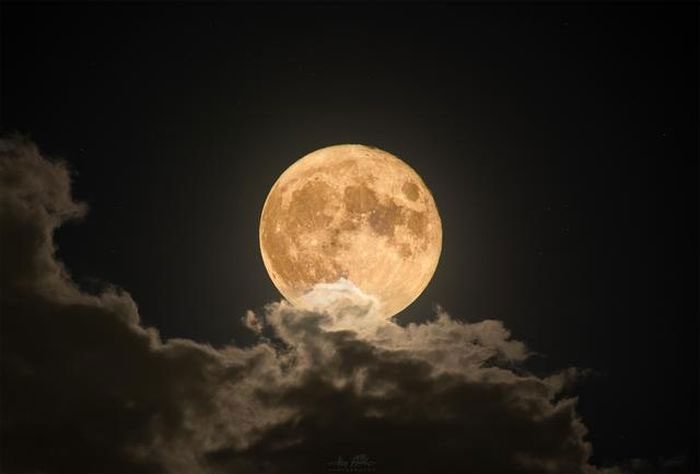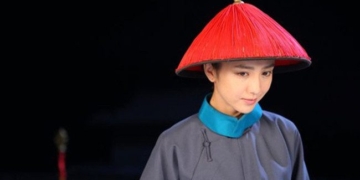This year’s Mid-Autumn Festival coincides with the final supermoon of 2023, making the moon appear larger and brighter than usual.
According to the Hanoi Astronomy Association (HAS), on September 29 (which is also the 15th day of the 8th lunar month), a noteworthy astronomical phenomenon will occur: the last supermoon of 2023. This supermoon will take place on the night of the Full Moon of the Mid-Autumn Festival, providing a rare opportunity for astronomy enthusiasts to observe the moon in its larger and brighter form.

This year, the Mid-Autumn Festival coincides with the last supermoon of 2023.
During this event, the moon will be positioned opposite the Earth from the sun, fully illuminating its surface. This phase will occur at 4:59 PM UTC, which is 11:59 PM on September 29 in Vietnam. This full moon is referred to as the Harvest Moon, named by Native American tribes because corn is typically harvested around this time of year. The Harvest Moon is the full moon closest to the autumn equinox each year. This also marks the final supermoon of the three that occurred in 2023. The moon will be closest to the Earth, appearing slightly larger and brighter than normal.
Mr. Đặng Vũ Tuấn Sơn, Chairman of the Vietnam Astronomy and Astrophysics Association, stated that the average distance from the moon to the Earth is about 384,000 kilometers. However, due to its elliptical orbit, the moon can be closer or farther away than this average distance at different times. Typically, there are 1, 2, or even 3 occasions each year when a full moon coincides with the moon being near its perigee (the point in its orbit closest to the Earth). During these times, we see the moon as larger and slightly brighter, a phenomenon called a supermoon.
However, there is no preference for the lunar month of August regarding supermoons, and therefore, it is not necessarily the case that the moon is brighter on the full moon of the 8th lunar month. One explanation for this belief is that the 15th day of the 8th lunar month often falls in September of the solar calendar. This period is autumn, and in many regions of Vietnam (especially in the northern provinces), the sky is usually less cloudy after a previous phase of clouds and rain. Combined with the cultural significance of the Mid-Autumn Festival, people perceive the full moon as appearing brighter than usual.
Earlier, on September 23, the Earth will enter the autumn equinox, at which point there is no significant difference in the length of day and night compared to previous periods. At the autumn equinox, observers will see the sun rise “exactly” in the east and set “exactly” in the west. Simply put, the autumn equinox is the time when, for about three months before and after, the sun tends to rise and set increasingly further south each day.
At noon on the first day of the autumn equinox, the sun forms a 90-degree angle with the tangent of the equator. In reality, the Earth moves in its orbit around the sun, and at this moment, no hemisphere is tilted toward the sun, resulting in equivalent temperatures, light, and daylight hours in both hemispheres. There is no significant difference in the length of day and night during this time. While the northern hemisphere experiences the autumn equinox, the southern hemisphere is in the midst of spring.


















































